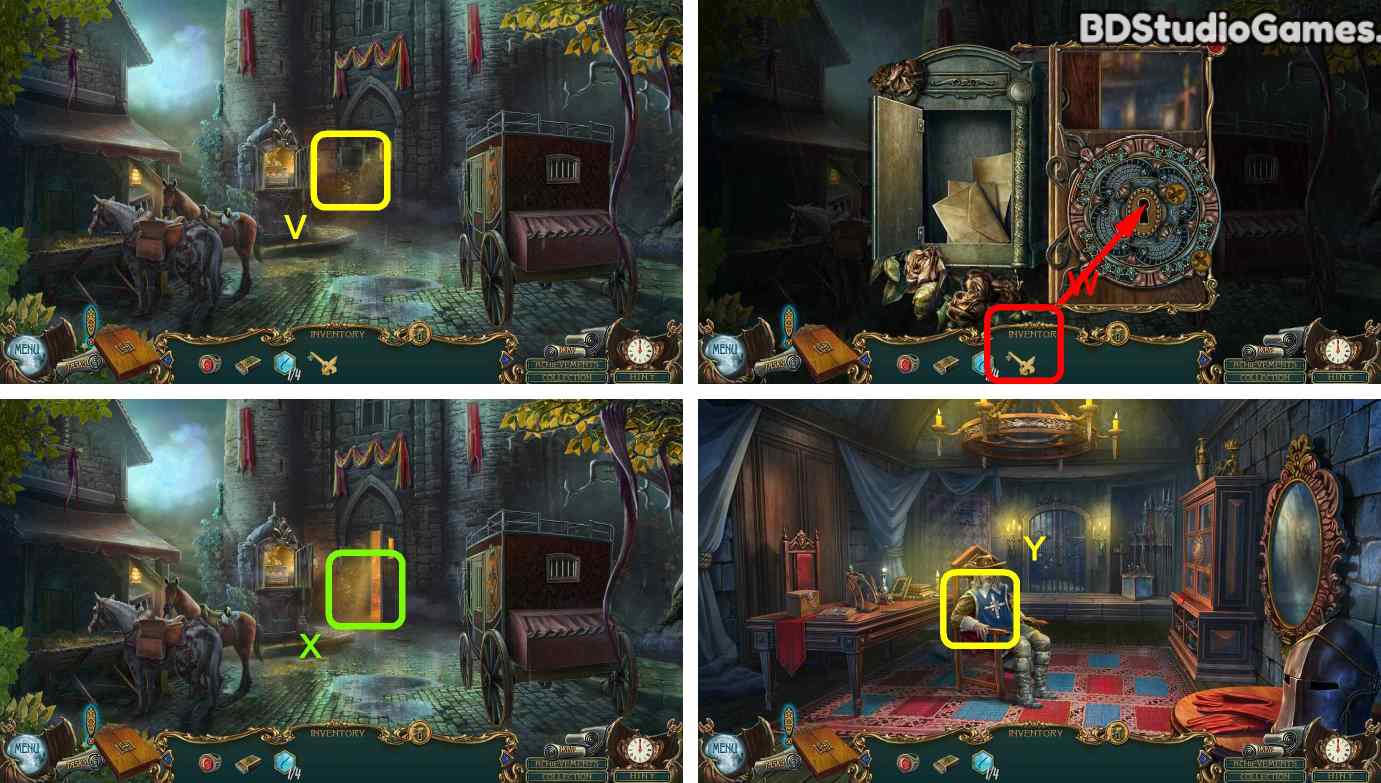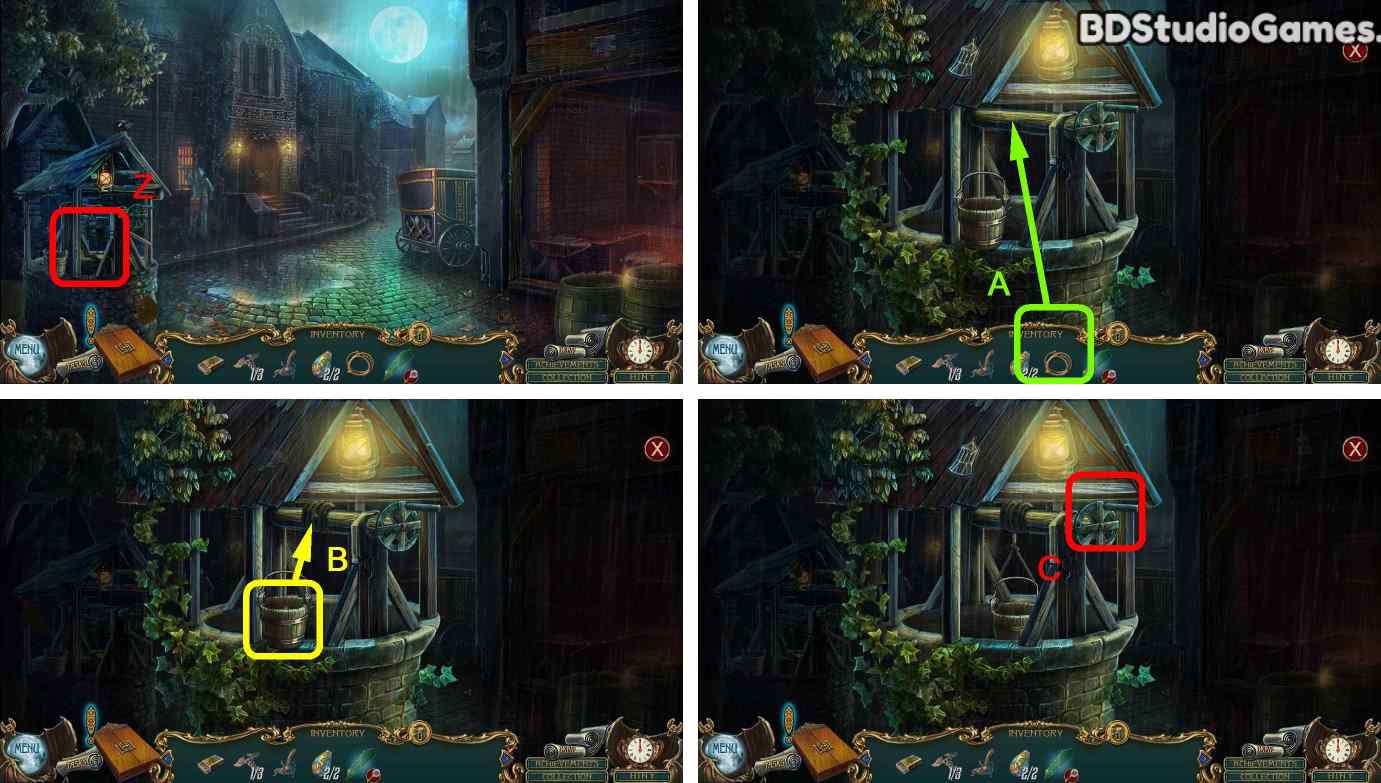
This structure works extremely well, as you get two stories running in tandem – yours and the team before you. Generally, the chapters find you on the tail of the previous expedition, rifling through journals, photographs and notes to build up a picture of what happened, before establishing where they went next. It’s a shame that the island is separated with loading screens and couldn’t be explored as one map, but you learn to live with it. Rather than adopt Myst’s open structure, Call of the Sea is more linear, breaking the narrative up into chapters. While movement between them is a little on the slow side (even with the run button), Call of the Sea makes the trudge worth it. It helps that the emphasis is on exploring the environment at your own speed, as you find these vistas yourself. Only Chapter 1 and 2 of the story feel anything like the other, and Out of the Blue Games finds different ways to make you gawp. Not wanting to play the tropical island card too often, Call of the Sea shifts up its weather, time of day and surroundings to showcase the extremes of the island. There isn’t a CD Projekt Red-level of detail to the environments, but they’re stylised, chunky and tactile, and you suspect they will stand the test of time well.


CALL OF THE SEA WALKTHROUGH FULL
The full dynamic range of your telly is put to work, as you move from exotic vibrancy to darker tones, disappearing under a canopy or watching as night moves in.

After a quick orientation in your cabin, you’re tossed onto the island to be immediately walloped with one of Call of the Sea’s two weapons: it’s absolutely flipping gorgeous.


 0 kommentar(er)
0 kommentar(er)
